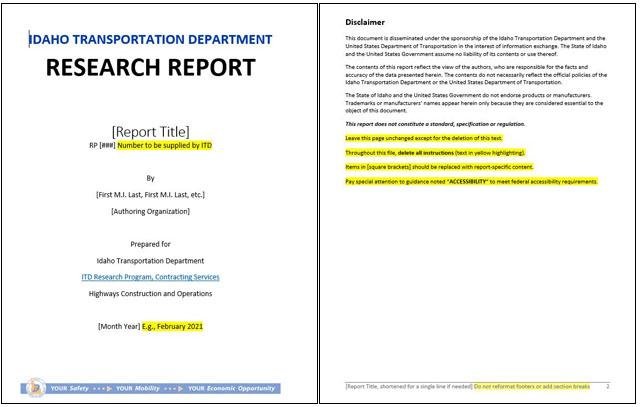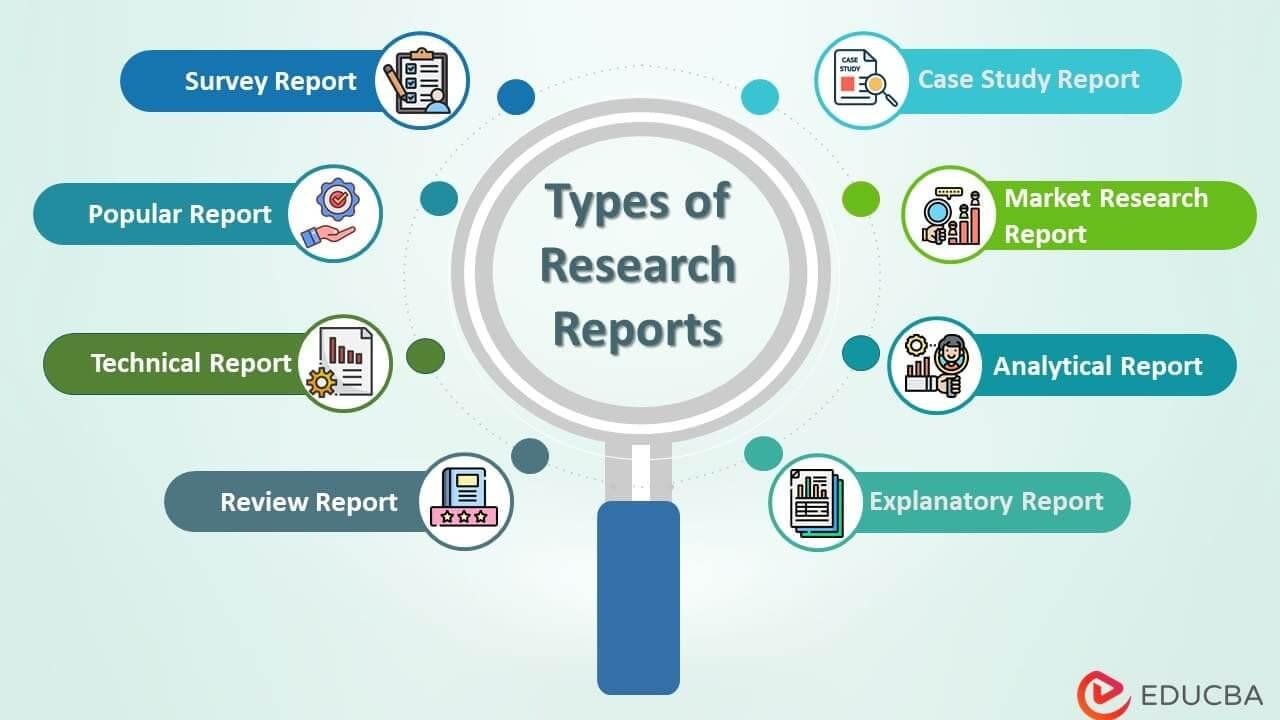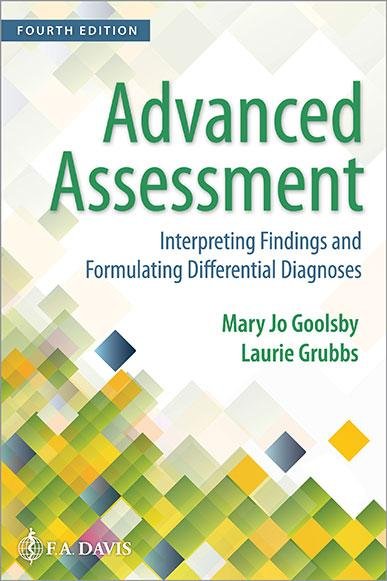research report definition

In the ever-evolving landscape of academia and industry, the need for clear and concise communication of research findings is paramount. Enter the research report—a pivotal document that serves as a bridge between complex data and accessible knowledge. But what exactly constitutes a research report? At its core, a research report is a systematic account of the methods, processes, and outcomes derived from a structured inquiry into a specific topic. This article delves into the definition of a research report, exploring its essential components, various types, and the crucial role it plays in disseminating information. Whether you are a seasoned researcher or a newcomer to scientific writing, understanding the intricacies of research reports will equip you with the tools to share your discoveries effectively and meaningfully. Join us as we unfold the layers of this vital communication tool, paving the way for informed discourse and innovation in diverse fields.
Understanding the Essence of a Research Report
A research report serves as a crucial window into the complexities of a specific study or investigation. At its core, it encompasses the systematic presentation of the research journey, detailing each phase from conception to conclusion. Within its pages, one can typically find a well-structured format that includes:
- Research Question: The core inquiry guiding the study.
- Methodology: The specific techniques and procedures used to gather data.
- Results: An objective summation of the findings generated by the research.
- Conclusions: Insights derived from the data analysis, often leading to recommendations.
By encapsulating these components, a research report does not merely recount what was studied; it constructs a narrative that aids both the researcher and the reader in understanding the implications of the research.
Moreover, the essence of a research report lies in its ability to provide clarity and transparency. It acts as a formal record, ensuring that the investigation can be appraised, replicated, or built upon by others in the field. While the structure may vary slightly across disciplines, adherence to a standard format cultivates consistency. For instance, various reports often include tables and figures that enhance comprehension and visual representation of complex data sets, such as the one below:
| Section | Description |
|---|---|
| Abstract | A concise summary of the research |
| Introduction | Overview and context of the research |
| Literature Review | Previous research relevant to the study |
| Discussion | Interpretation of results and implications |
This structured format ensures that research reports not only communicate findings effectively but also foster a culture of scholarly rigor and collaborative inquiry.

Key Components That Shape Effective Research Reports
Effective research reports are distinguished by several key components that ensure clarity and credibility. Focus is paramount; the report should emphasize essential information while avoiding extraneous details. A well-defined research question guides the entire document, providing a clear roadmap for the reader. The methodology section must be comprehensive yet concise, outlining how the research was conducted and justifying the chosen methods. Furthermore, accurate and reliable results are critical, as they form the foundation for any conclusions drawn. Each of these elements contributes uniquely to the integrity of the report, allowing readers to grasp the significance of the research without unnecessary confusion.
Additionally, an effective report should possess a strong structure that enhances readability. Utilizing headings and subheadings organizes content logically, guiding the reader through the findings. A well-crafted discussion section should interpret results in relation to the original hypothesis, revealing implications and potential applications. a thorough conclusion succinctly encapsulates the research outcomes and suggests avenues for future study. By weaving together these components—focus, methodological rigor, and clarity—research reports can effectively communicate complex ideas while maintaining the reader’s engagement.

Crafting a Research Report: Best Practices and Methodologies
When embarking on the creation of a research report, it is essential to adhere to several best practices that ensure clarity and effectiveness. A successful report should be focused, maintaining a clear emphasis on the most important aspects of the research. This involves prioritizing relevant data and findings while avoiding unnecessary distractions. Additionally, accuracy is paramount; every piece of information must be thoroughly verified to prevent any misleading impressions. Including detailed methodologies helps to reinforce the reliability of your conclusions, making it easier for readers to trust and understand the insights presented.
Moreover, a well-structured report often incorporates various methodologies that enhance its overall effectiveness. Consider these key elements:
- Strong Evidence: Provide well-researched data that supports your analysis.
- Comprehensive Analysis: Offer in-depth evaluations of the data collected.
- Clear Conclusions: Draw conclusions that are directly supported by your findings.
- Recommendations: Include actionable suggestions based on your research outcomes.

Interpreting Findings: How to Present Results for Maximum Impact
Effectively presenting research findings is crucial for ensuring that your audience comprehends both the significance and implications of your results. Start by summarizing key statistics and trends in a clear and concise manner, using visual aids where appropriate. Consider incorporating tools such as charts, graphs, or infographics to enhance understanding and retention. When discussing your results, focus on the following elements to maximize impact:
- Clarity: Use simple language to explain complex findings.
- Relevance: Connect results to the central questions posed at the beginning of the research.
- Visualization: Employ appropriate visuals to highlight critical data.
Additionally, it’s essential to discuss the broader implications of your findings in context. Frame your results within the existing literature to illustrate how they contribute to the field. Use a structured approach to present conclusions and recommendations clearly, outlining how your research advances knowledge or practice. A concise comparison table might effectively showcase how the new findings align or contrast with earlier studies:
| Study | Findings | Implications |
|---|---|---|
| Current Study | Identified a significant trend in X. | Suggests new pathways for further research. |
| Previous Study A | Found Y correlation. | Supported initial hypotheses but lacked depth. |
To Conclude
understanding the definition of a research report is crucial for anyone embarking on a journey of discovery through structured inquiry. As we have explored, a research report serves not just as a document but as a bridge between raw data and meaningful conclusions. It encapsulates the essence of a study, detailing everything from the initial research question to the methodologies employed, and culminating in insights that can inspire further investigation or practical application. Whether you’re a budding researcher or a seasoned academic, mastering the art of crafting a research report empowers you to convey your findings with clarity and precision. By adhering to the principles outlined in this article, you can ensure your research report not only informs but also enriches the broader discourse within your field. Happy reporting!




